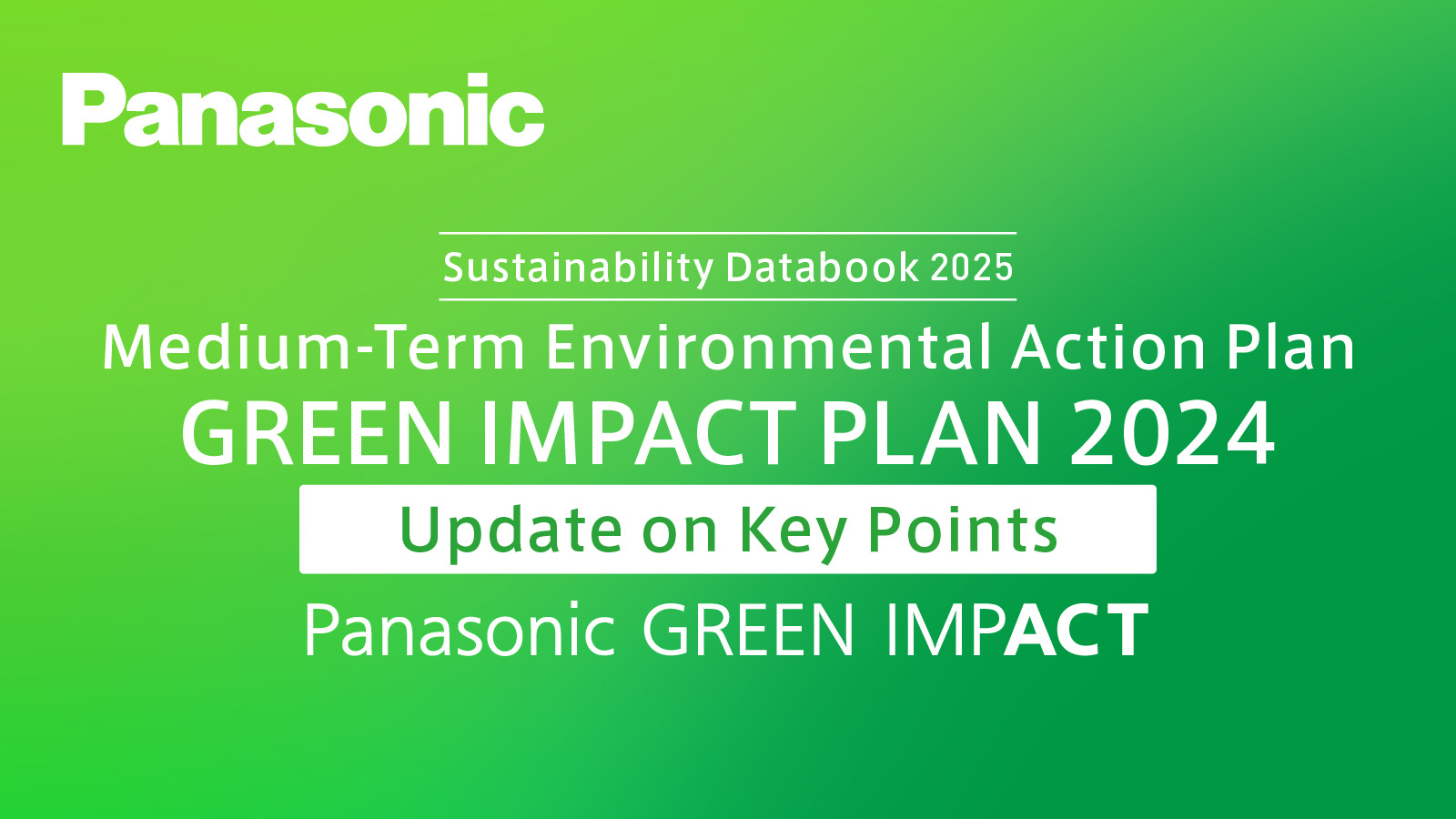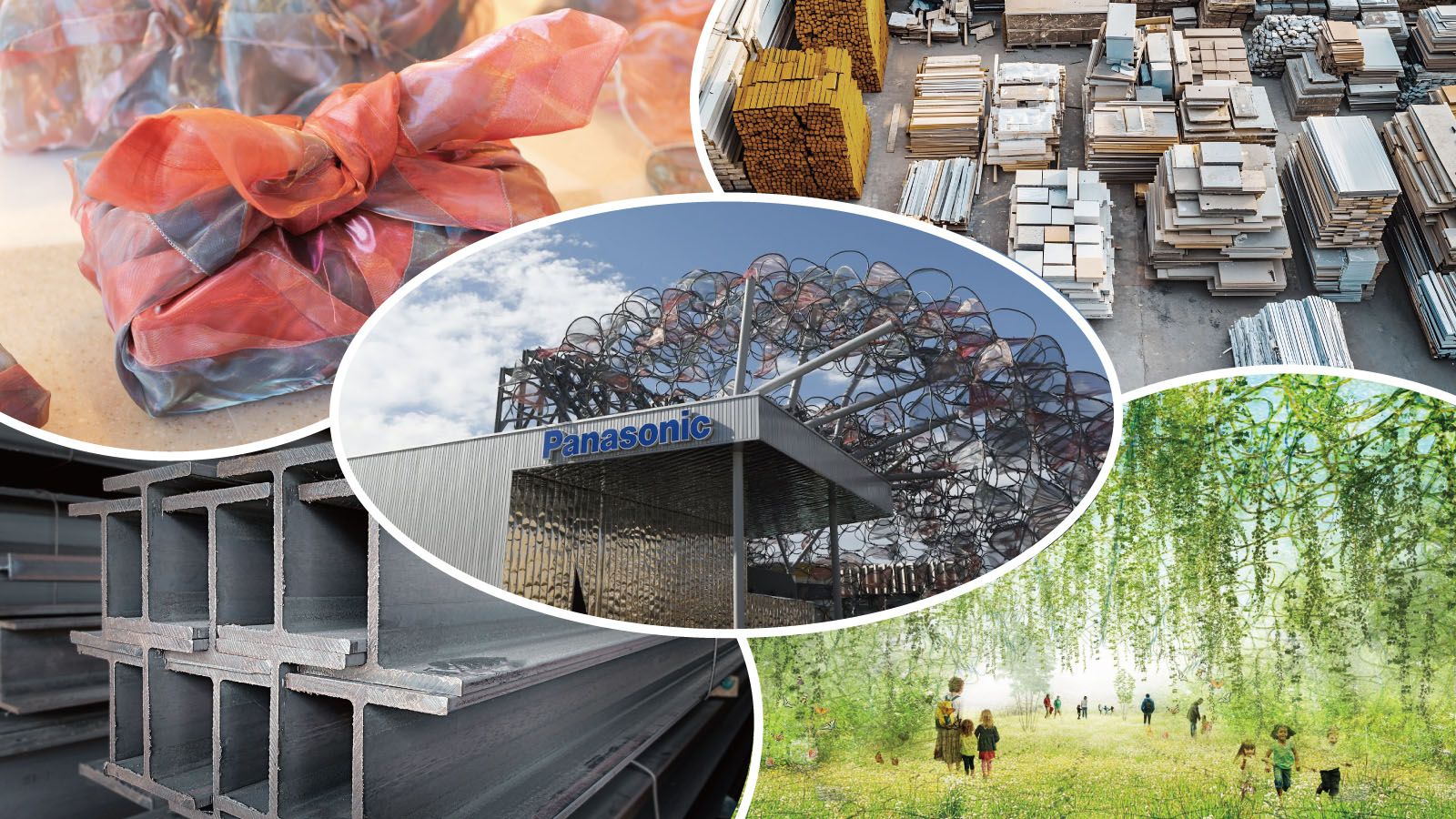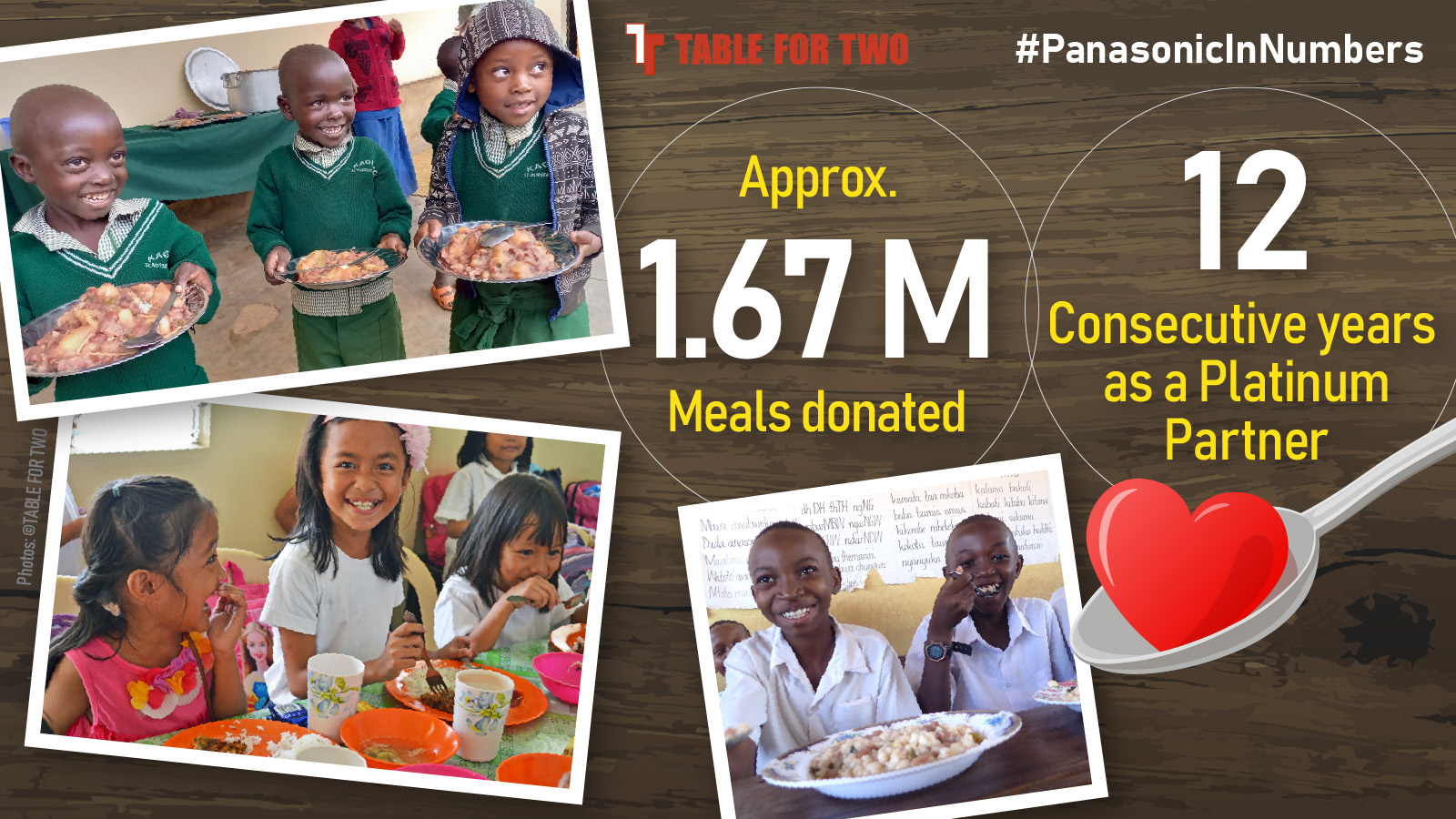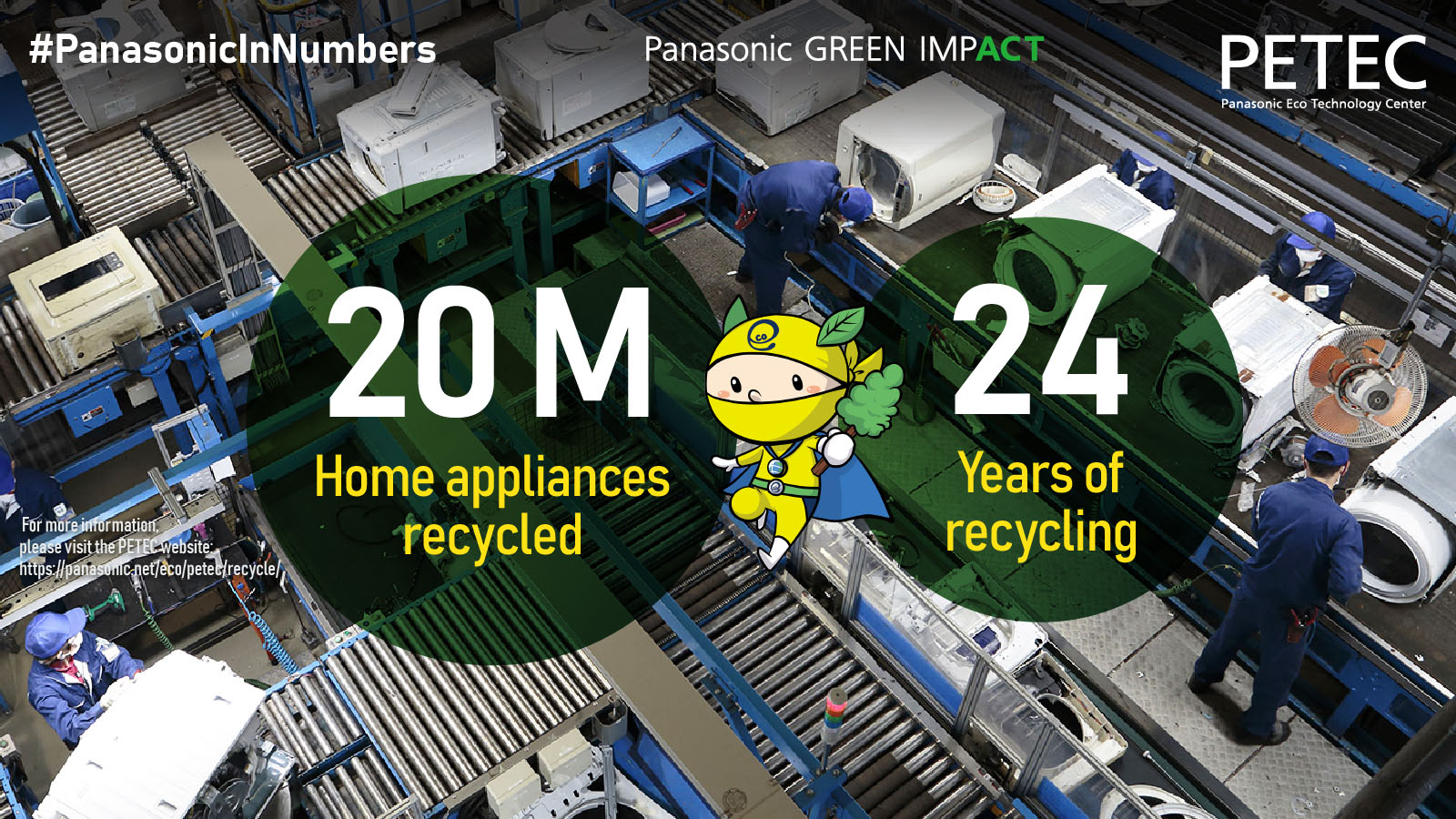What are the key CE challenges and opportunities for Panasonic in the European region?
“I see two main challenges,” said Markus. “The first is the timeline for complying with the new legal requirements. We have three to seven years to make fundamental changes to product design. We need to start now. I’ve been working with our businesses, and we are seeing some good initiatives being implemented.”
“The second is to become a more circular business. This isn’t just about a company like ours. We need to make sure that the change is also understood and actively supported by our customers. We would like to encourage them to also embrace this new way of doing business. As an industry, we have started to communicate the purpose and value of the changes we should collectively pursue, making it a journey that we can all embark on with our customers, suppliers, and other stakeholders along the value chain.”
Embracing circularity can make the Group more sustainable, increase its contribution to decarbonization, and strengthen relationships with customers, reinforcing the Panasonic brand.



















